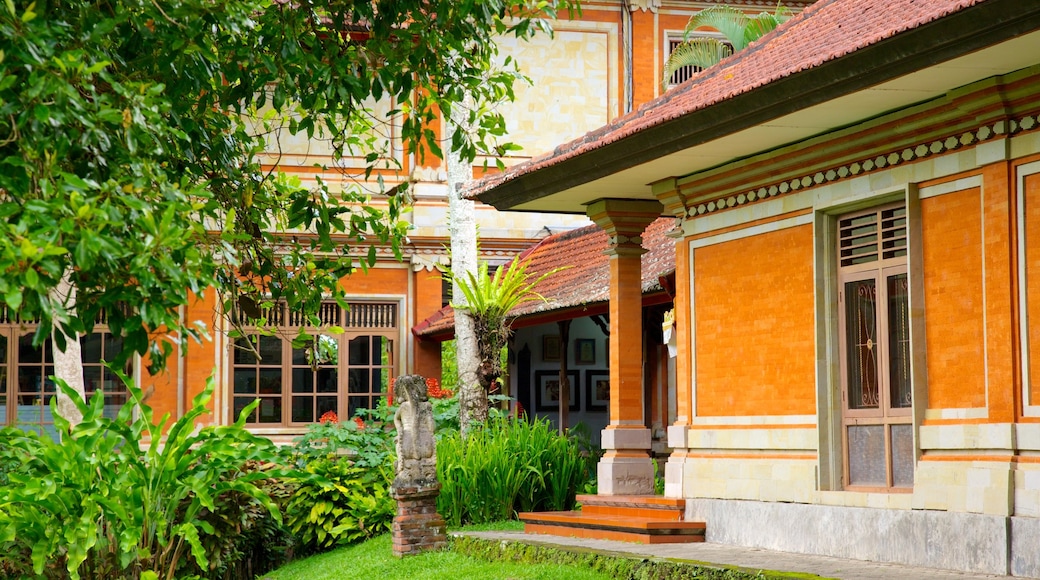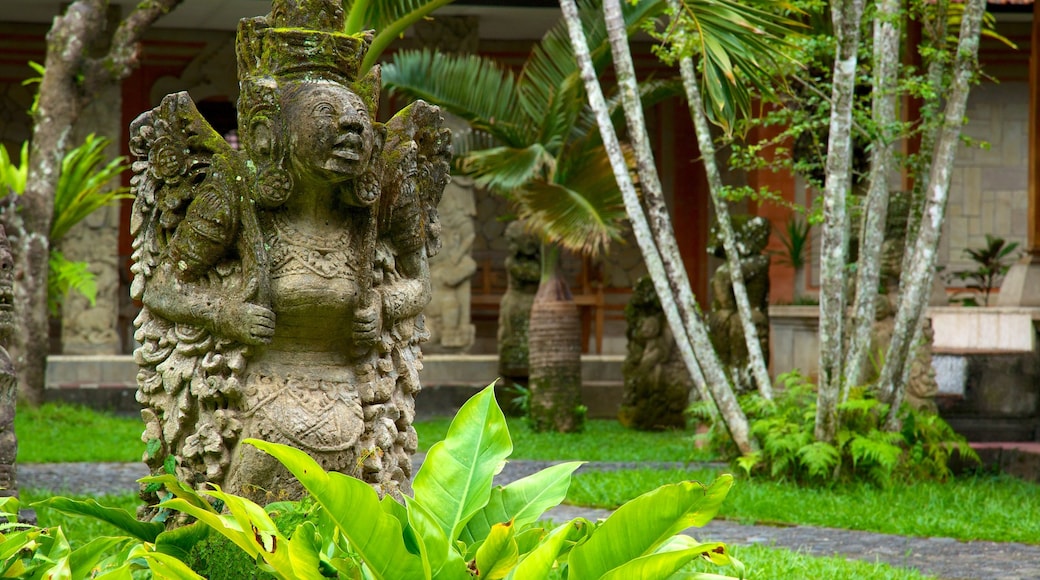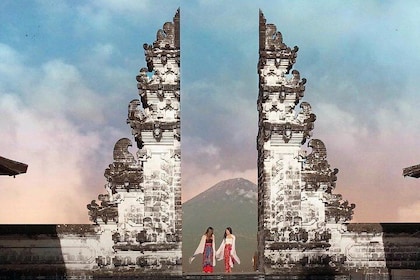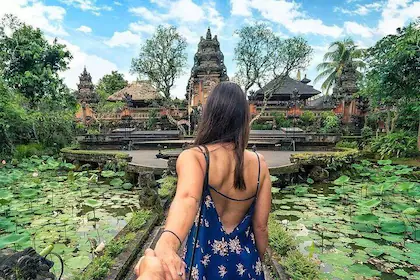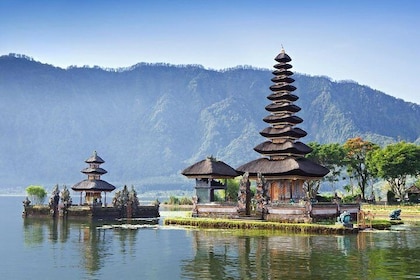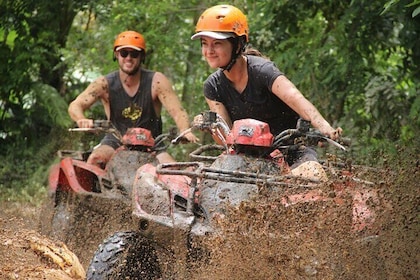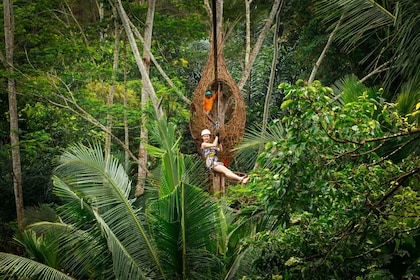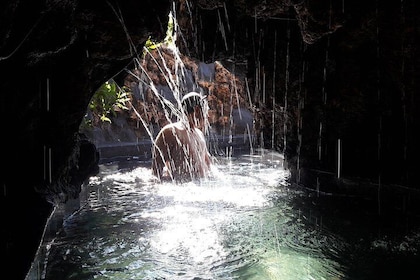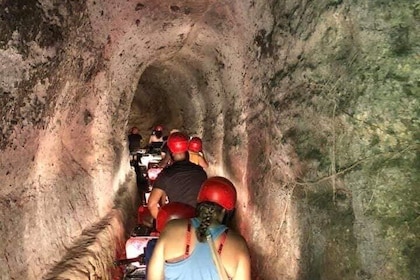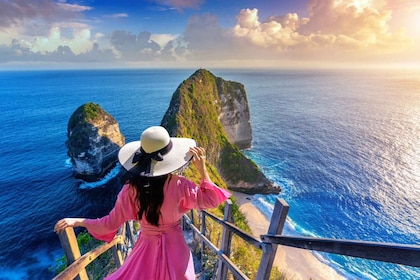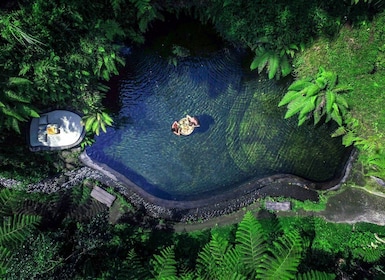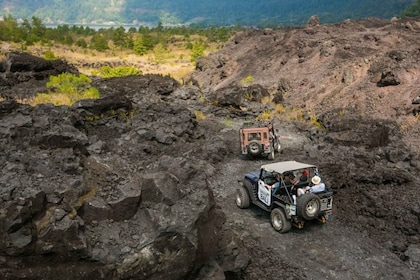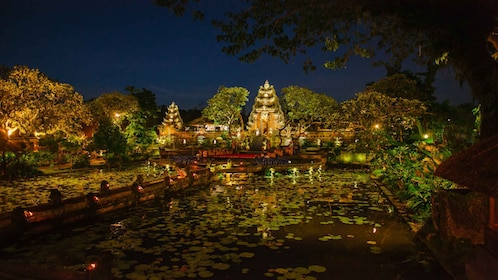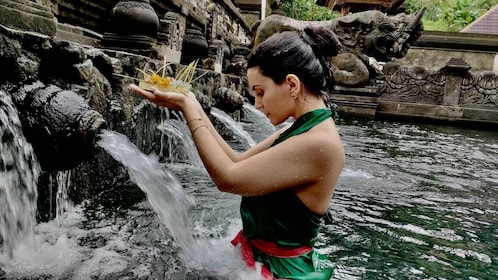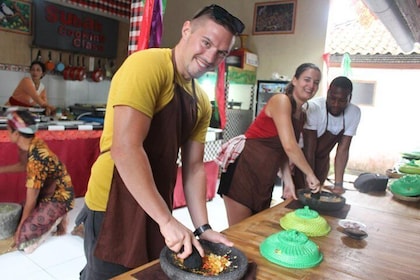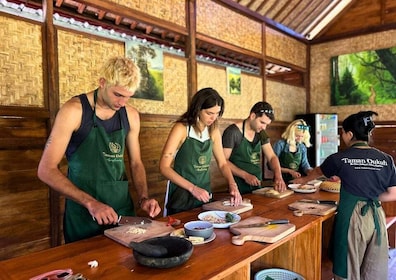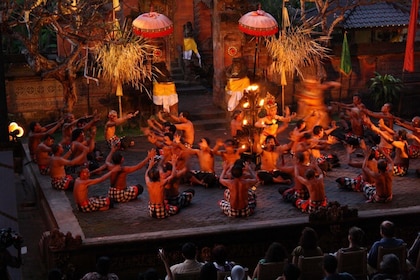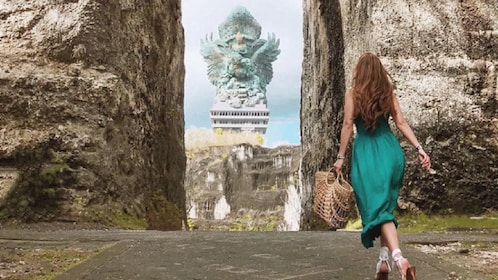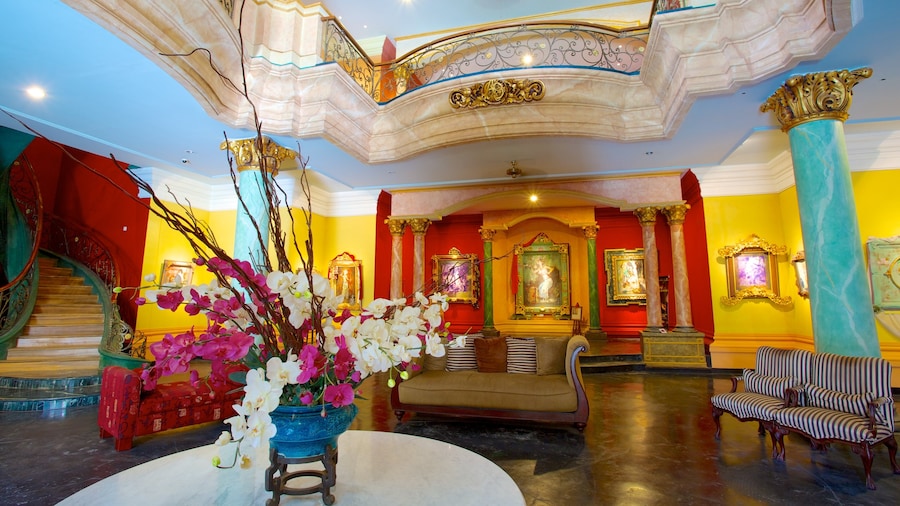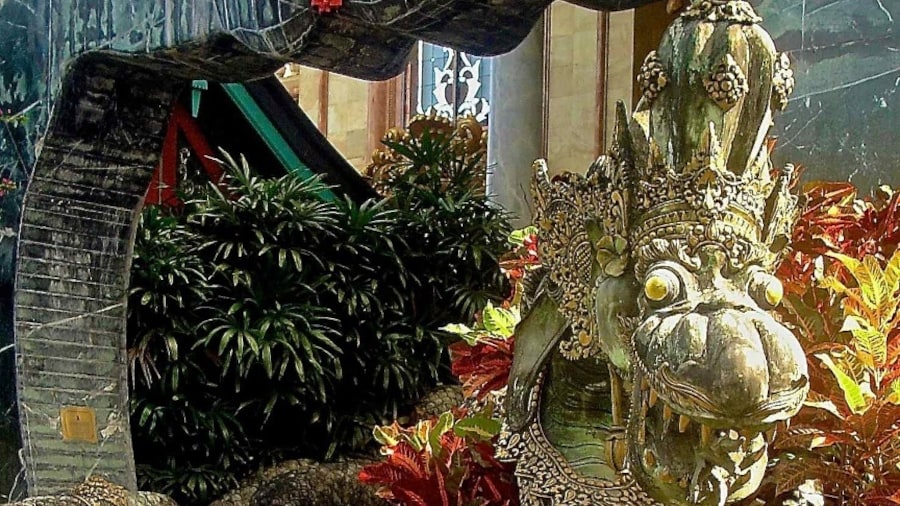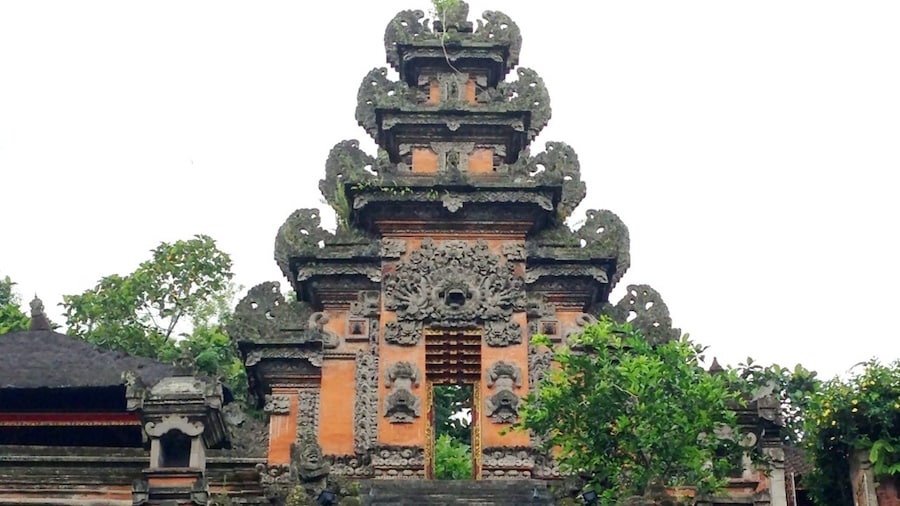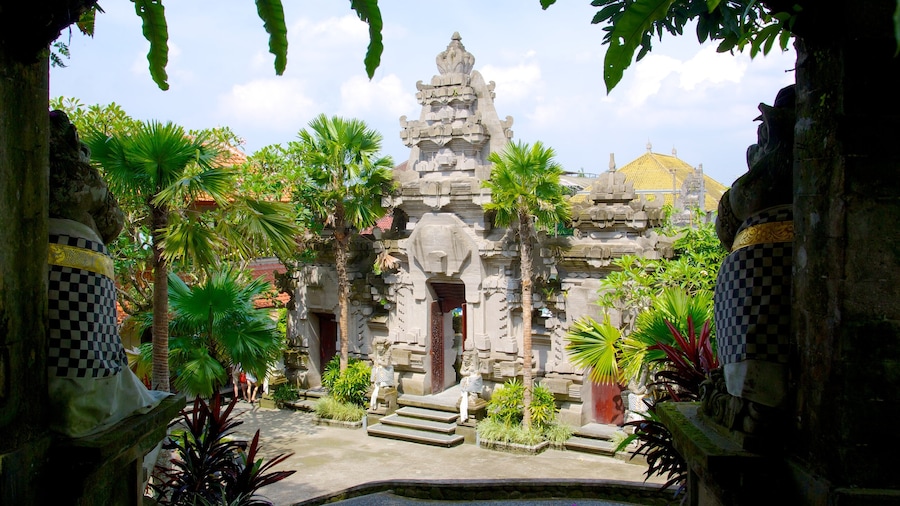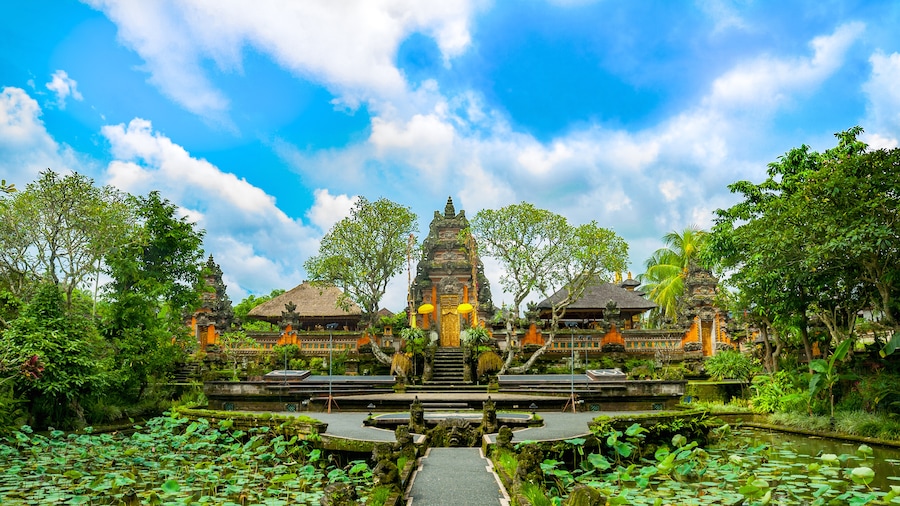Gain a fascinating insight into how Balinese art developed through the showcases of work of some of its most notable artists.
One of the most important galleries in Bali, the Neka Art Museum hosts a large collection of work by both Balinese artists alongside that of several world renowned painters. A trip to the gallery offers a rare opportunity to learn how art developed here and how it was inspired by the island’s own history, its culture and its physical beauty.Opened to the public in 1982 the Neka Art Museum started out as a collection belonging to Suteja Neka, a teacher, who used to document the art he collected. Over time, the collection grew to around 400 works, which form the basis of the museum that bears his name. There are wonderful examples of different painting styles such as the very traditional wayang style, inspired by shadow puppetry. There is also a selection of contemporary work from all over Indonesia and a photographic archive which documents life in Bali just before the Second World War.A unique aspect of this museum is the way it tells the story of how art developed in Bali. There is a pavilion given over to the work of Dutch impressionist Arie Smit who moved to Bali in the 1950s and developed the ‘naïve genre’ which in turn influenced the Balinese landscape painters whom he taught.A further example of this kind of development can be found in the Lempad Pavilion, named after I Gusti Nyoman Lempad, a celebrated local artist. Lempad was nurtured as part of the Pitamaha cooperative which was co-founded by Dutch painter, Rudolf Bonnet, in an effort to promote Balinese painters. Bonnet went on to establish the Museum Puri Lukisan, where plenty of examples of his work can be found. Visitors looking for souvenirs and reference books can pick them up at the museum’s gift shop and there is also a café on site. br />Situated in Campuhan, the Neka Art Museum is a 10-minute drive heading north west from the centre of Ubud. It is advisable to visit during the middle of the afternoon, which is usually the quietest part of the day. The museum is open daily except for Sunday mornings and public holidays. All exhibitions have signage and detailed descriptions in English.
